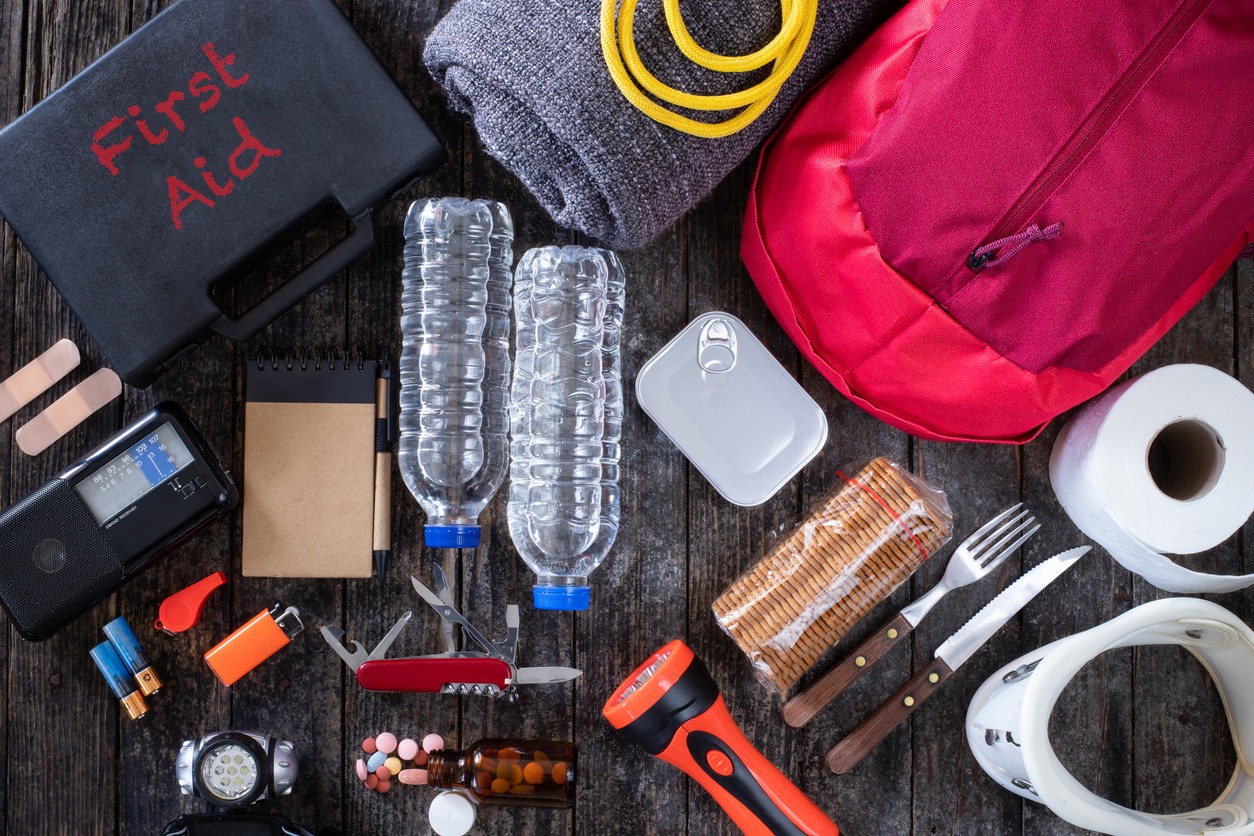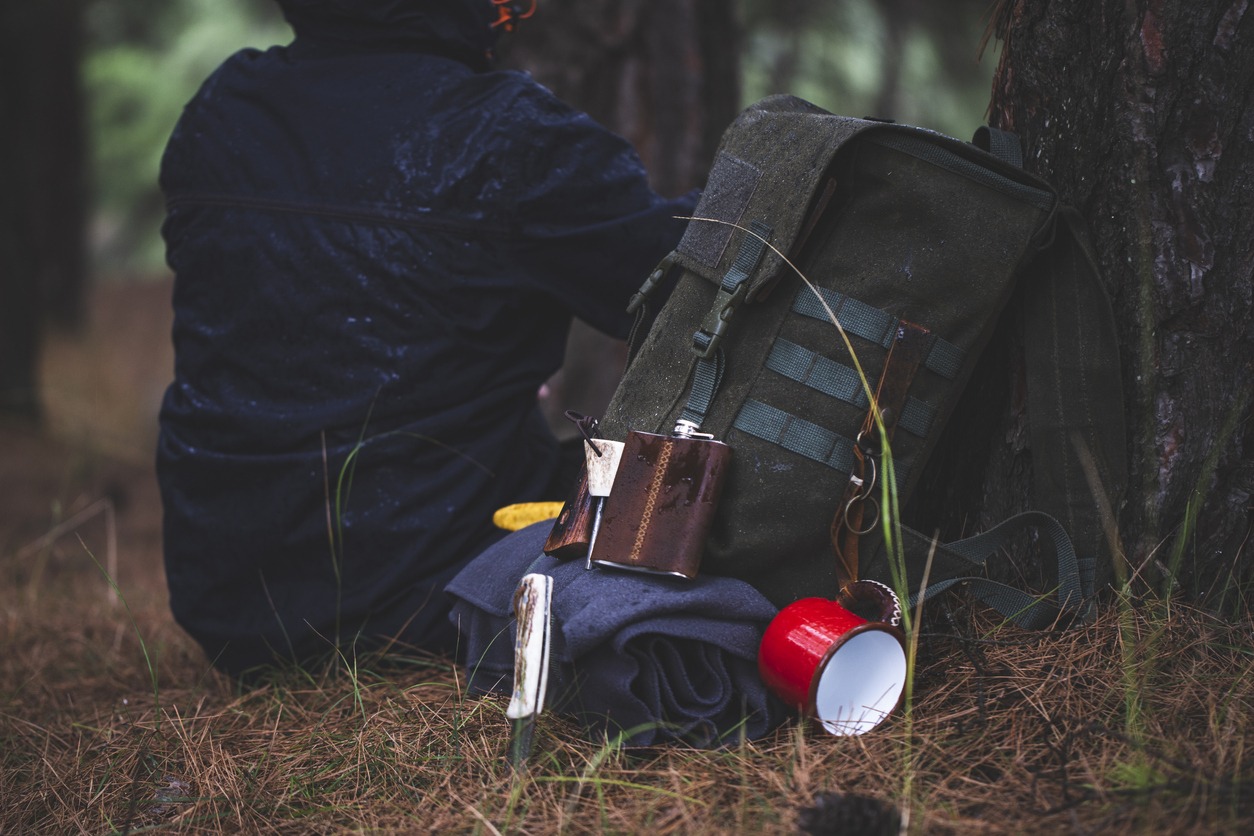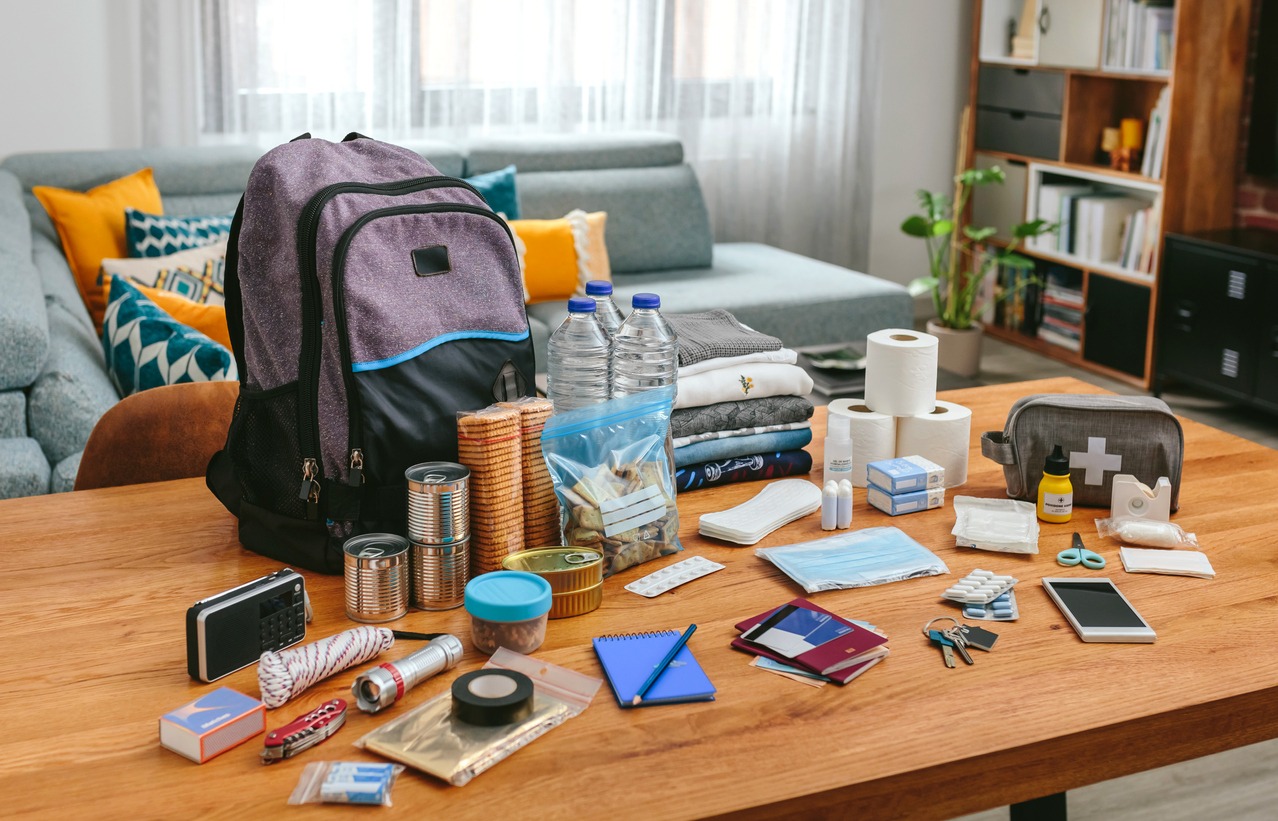In the event of an emergency, you run the risk of losing essential services such as electricity, water, phones, and public transportation. You may have to suddenly remain where you are or leave your house. An essential component of being ready for the unanticipated is possessing an emergency kit that is stocked with essentials such as food, water, clothing, medication, money, and other supplies. You, your household, and your pets will need sufficient supplies to help you get through at least three days without access to necessary services.
Emergency Survival Kit that Is Eco-Friendly
You will likely be able to seek shelter in your own home during the majority of emergencies. The advice and concepts that are going to be presented below are consequently founded on that assumption. When it comes to getaway kits for emergencies, there are a few key differences.
1. Food
Your food supplies ought to be sufficient for you to maintain a supply for at least three days. Foods in cans, foods that have been dried out, nuts, and crackers are some examples of items that many people keep on hand. Those who have pets are the ones who are responsible for storing the food for the pets. Because canned foods are a major contributor to environmental pollution over the long term, we suggest that you place more of an emphasis on dried food rather than canned food to make it eco-friendlier.
Choose foods that have a high percentage of protein, like fish, nuts, beans, and meat, if you are going to eat from a can. This will help you feel fuller for longer. On the other hand, some of the foods that are available in dried form are lentils, rice, oatmeal, spices, raw vegetables like tomatoes and cucumbers, and snack foods. You can also make your on-the-go emergency kit more useful by including protein bars, which are one of the handiest food items you can bring with you.
In addition, try to maintain a consistent meal schedule and not place too much emphasis on having a wide range of food options. This is because one can never be sure whether or not a new substance that has never been used before could result in an allergic reaction or any other kind of medical problem. Put away in your emergency kit the foods that you typically eat in times of crisis.
2. Water
A person should have enough water to drink for at least three days with this amount. It is recommended that you store at least one gallon of water per person per day for a minimum of three days in case of an emergency. This equates to a total of three gallons of water for each individual. You could use bottles if that works better for your family. If one wants to err on the side of caution, one should always carry a portable water filter with them so that one can use it on any source of water to get clean water for themselves. This will keep them from getting sick. On the other hand, if you want to take an approach that is friendlier to the environment, we recommend keeping a separate water tank stocked with purified water.
3. Hand-Cranked Chargers
Batteries are something that should be stored and changed out after a certain number of years, but when the time comes to dispose of them, they become an environmental hazard. Invest in hand-crank chargers for your radio, flashlight, and phone instead of relying solely on batteries to power their operation. Because the battery of the device can be charged by motion with these tools, you won’t need to worry about purchasing and storing expensive batteries, nor will you need to figure out how to dispose of the batteries when they are no longer effective.
4. First-Aid Kit
If there are casualties or injuries, the first aid kit in your emergency kit is likely to be the single most important item in the kit. Gauze pads, adhesive tape, band-Aids, antiseptic wipes, antiseptic solutions, trauma shears, antibiotic ointments and tablets, gloves, CPR Pocket Masks, splints, a list of emergency phone numbers, and a basic first-aid guide are some of the items that are typically included in first aid kits. Check that none of these things have gone bad and are no longer used so that there won’t be any adverse reactions.
5. Radio and Charger
When a state of emergency is declared, there is a significant breakdown in communication throughout the entire region. To keep all of your cellular communications operational and avoid being in this predicament, you will need to ensure that you have access to chargers and radio equipment. Radio equipment is required to ensure that there is some form of communication even if there is no cell phone network available. Getting solar power chargers if you want to reduce your impact on the environment. They can give you an infinite supply of power while simultaneously preventing any damage to the natural world. Additionally, solar-powered chargers can be used at any time and in any location. You will still be able to power your equipment efficiently even if there is a disruption in your access to the electrical grid. It is important to keep in mind that in the event of an emergency, other items such as cells and batteries are also stored.
6. Map
Even though we live in a digital age and you can access GPS on your phone, it is imperative that you have a physical map of the area you are traveling in. This is because it is possible for the phones to be inoperable, as well as the GPS, but the local maps can assist you in locating the closest centers for disaster management. The local maps are readily available for purchase at any bookstore in the area. If you live with your family, you should get two or three copies of the book so that everyone has their copy.
7. Flashlight
It is not uncommon for there to be no electricity during emergencies; therefore, having a flashlight on you is necessary to enable you to find your way during a blackout or while navigating around debris. Even though a flashlight feature is typically included on a smartphone, it is preferable to have either a battery-powered flashlight that has a more powerful beam or a rechargeable flashlight.
8. Tools
In a time of crisis, having even the most fundamental tools could prove to be extremely beneficial. you can use them to help you get out of a sticky situation, so you need to have them. wrenches, screwdrivers, pliers, jacks, and other tools of similar nature are included in this group. if it is at all possible, you should also bring along a small saw, as this would likely be of assistance to you in both cuttings and escaping any confined space. tools like wrenches and screwdrivers can be used to make repairs to fundamental utilities or to turn them off as necessary. for instance, if there is a gas leak at your residence, it is vital to ensure that all of the gas supplies have been turned off.
The state of the Earth’s fundamental resources has been deteriorating, and the least we can do is make changes in our lifestyles to make them more environmentally friendly. Conserving resources and transitioning to ones that are more environmentally friendly should be a top priority in all aspects of our lives, from the smallest things, like an emergency kit, to the most routine activities. Because you never know when an emergency will occur.


